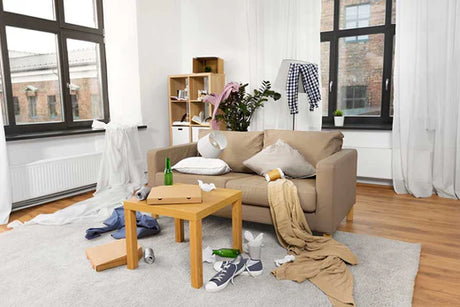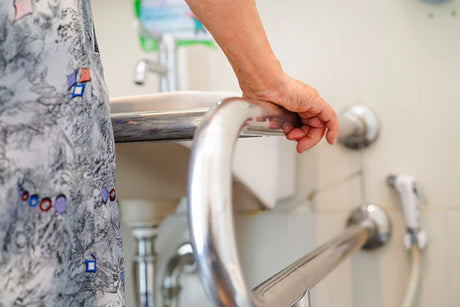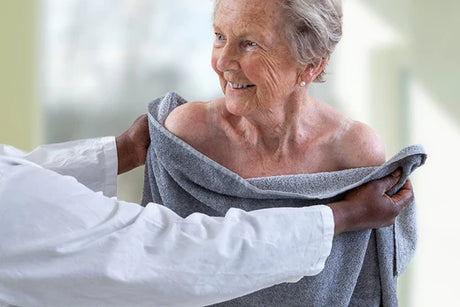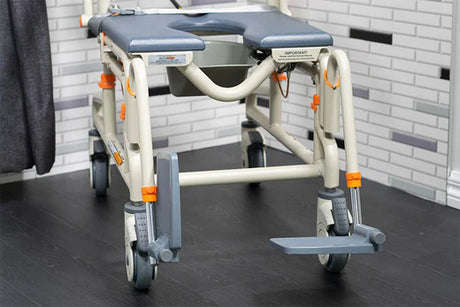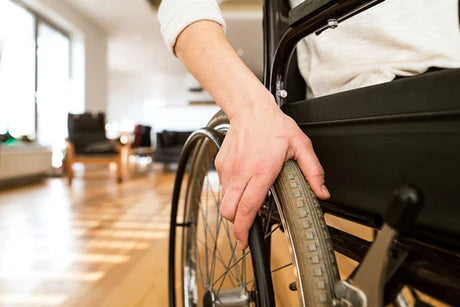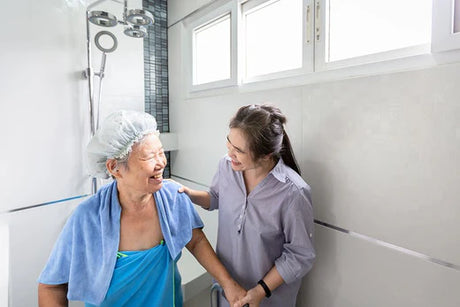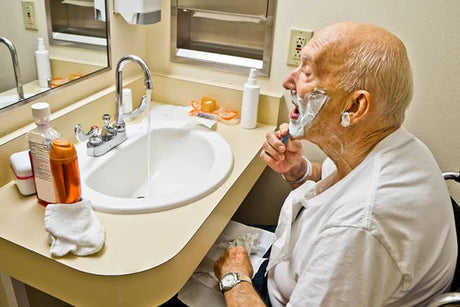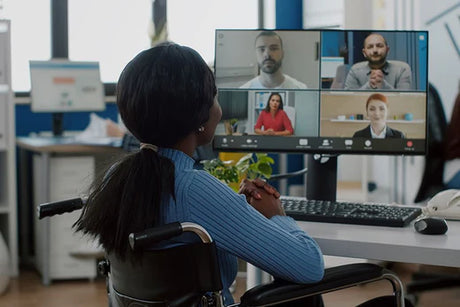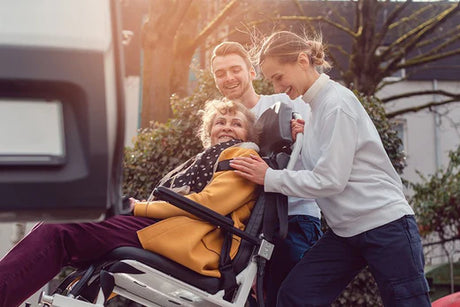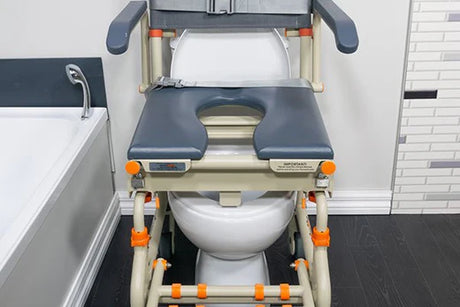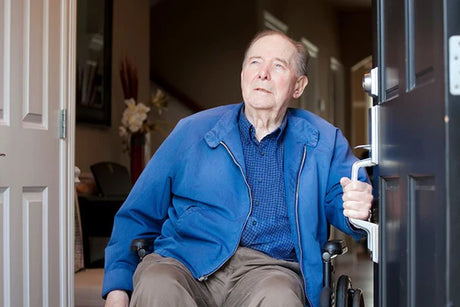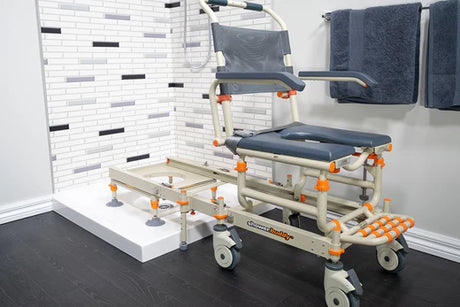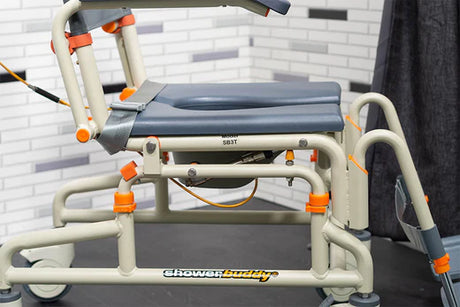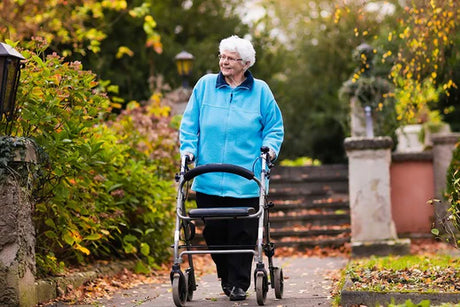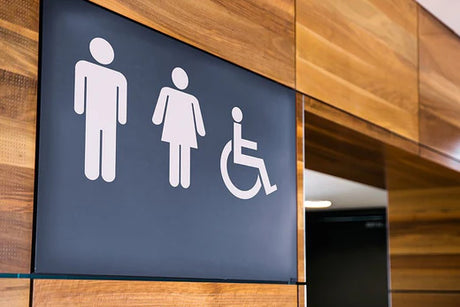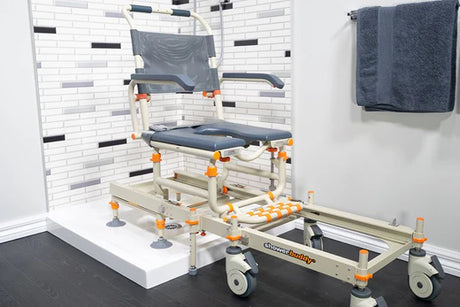In this article, we cover some of the hobbies that seniors participate in and can enjoy even as their mobility reduces over time. We’ve listed just 7, but would love to hear what your favourite hobby is!
1 – Puzzles
Whether it’s a few hundred pieces that you can put together in a day, or an enormous project that commands the kitchen table for weeks, a puzzle is a highly inclusive pastime.
What’s more, it’s a great activity over which to socialise; hunting for that next piece is a nice backdrop for good long conversations. Puzzles may also be a pleasant solo experience, perhaps with a cup of tea or some music in the background. You can find puzzles for very cheap online, or visit a local bookstore for some toy stores.
The great part about puzzles is the breadth of subject matter you can choose from – go with your interests and the appetite you’ve got for the complexity. Popular choices include famous historical works of art, architecture or landscapes from around the world.
Based on the level of mobility you have in your arms and hands, you’ll want to choose carefully as to how small the pieces of the puzzle are. And for those with diminishing eyesight, pick a puzzle image that won’t be impractical to put together.
Puzzles are a satisfying, relaxing hobby (apart from when a piece goes missing for days!). And as an added bonus, it’s a hobby that’s practical for any home to play host to, for a relatively inexpensive price of entry. As soon as the word gets out you’re a puzzle enthusiast, there won’t be any shortage of new ones to do, as any gift giving occasion will likely include a puzzle or two!
2. Art
Some may even prefer outlets like sculpting – or even embarking on amateur photography. Regardless of the artistic medium, each individual has the opportunity to experiment with different styles, techniques and creative directions.
Creating art isn’t just a hobby to pass the time though, it’s a wonderful outlet for an elderly individual who may not otherwise be tapping into this part of their brain. Retirement can be more challenging for some than others, and a hobby where you produce a tangible result each time can help to engage skills that would otherwise lie dormant.
Beyond creating art at home, our senior community also has art classes they can attend, as well as local art galleries to visit and become inspired. You never know where a hobby like art will lead – perhaps your pieces will be featured at the gallery at some point!
3. Attending Music or Theatre
With more time in our retirement than our working adult lives, there’s more opportunity to explore our interests in the arts and culture.
If mobility impairments make many physical hobbies really difficult or even impossible, then attending music performances or a live production is an excellent choice. Many of the most dedicated attendees of live events are retired enthusiasts of the arts.
Depending on where you live, you have the option of seeing:
- Ballet
- Symphony Orchestra
- Choirs
- Touring Bands
- Music Festivals
- Film Festivals
- Comedy Festivals
- Traditional Folk Music
- Opera
- Local Theatre/Drama productions
- Touring Musicals
Simply call or email ahead, and ensure there is a ticket available for someone with accessibility requirements – the venues should typically have a designated area or at least a way to cater to your needs.
4. Writing or recording memoirs
If you’d prefer written memoirs but don’t have the mobility to type out thousands of words, good news: you can dictate to a computer or mobile device that will write out what you say. This may need a bit of an edit afterwards, but is a much quicker way of producing a written memoir for slow typists!
You alternatively may be happy to have your memories recorded as an audio capture that can be saved as a file on the computer and shared with family. To do this, it’s worth using a reliable and reasonable quality microphone so the final product is enjoyable to listen to.

5. Mobility-friendly exercise
Exercise is incredibly beneficial for our health all throughout life, and that doesn’t stop when we retire. If our daily lives are reasonably slow-moving due to the level of mobility we possess, then exercise of some kind is even more valuable.
One of the more popular types of exercise with the elderly community is that done in a swimming pool, often with a teacher or therapist who specialises in water aerobics or ‘hydrogymnastics’. While this activity can and is done by all ages, it’s very popular with elderly people with reduced mobility. The benefit of being in the pool is that the body does not have to hold its own weight completely; our buoyancy within the water helps us feel lighter. This makes movement easier and also slows everything down to a manageable pace.
If you’re interested in getting involved in water exercise classes, do a search locally for programmes at your local pools.
Exercise with a mobility impairment doesn’t have to just be confined to the pool. Different mobility challenges can still be worked around with light walking, cardiovascular exercise and resistance training. Your occupational therapist and doctor can provide more specific guidance for what’s best for you personally.
6. Learning and Researching
As the adage rightly goes ‘a little older, a little wiser’. With that lifetime of acquired knowledge and learnings, our senior citizens aren’t just seasoned learners, but many have the time and keenness to continue expanding their mind.
While some retired people embark on more formal education, many more simply conduct their own journey to learn about a topic. This may be a historical topic with a depth of writings and research available to learn about, or it may be less time-sensitive, such as learning about the natural world, becoming knowledgeable on astronomy or adopting a much closer interest in global politics.
There’s no real wrong answers when it comes to learning. You may want to combine some classes with self-directed learning (popular for learning a language for example), or just take it at your own pace and line up books, visits and documentaries on your given subject area.
Much like you’d be creating memories for future generations, your research might be a lot more personal with many of our retired community looking into the family tree and learning in depth about where and who their ancestors were.
7. Sewing
Sewing is hugely popular within our mobility impaired community whose movement restrictions are mostly lower-body or have a level of hand dexterity that still allows the manipulation of yarn and a sewing needle.
Sewing need not be a solitary hobby at all. In fact, the idea of the sewing group or ‘circle’ has been in existence for years. Combine the practice of improving sewing skills, while socialising and creating something that may be a gift for a loved one or donated.
To get started with sewing, simply visit your local sewing supplies store or get online to find kits. You can not only learn by attending groups, but watch tutorials on the internet as well. The excellent part about sewing is the progress in your skill is clear to see in the things you make. And there’s no limit to the creative direction you take your sewing, whether it’s baby booties, a scarf for a friend or an ornamental cushion to brighten up the home. as any gift giving occasion will likely include a puzzle or two!
Chasing your passion and finding a way to make it work
That may need a bit of extra planning to do should be secondary in your decision making. Don’t be limited in your brainstorming of what you think you can and can’t do. Sure, for some impairments certain activities might be off the table, but this should be a discussion with your occupational therapist. You might be surprised just how many hobbies are still possible – it’s simply a matter of finding a way.
Further reading on the topic
If you’re interested in learning more about this topic, you can find useful information via the following resources:
- Fun Activities for Seniors: Over 100 Ways to Play – GreatSeniorLiving.com
- 105 New Hobbies To Try When You Retire – Medium.com
- A Guide To The Best Exercises For Seniors – Forbes Health

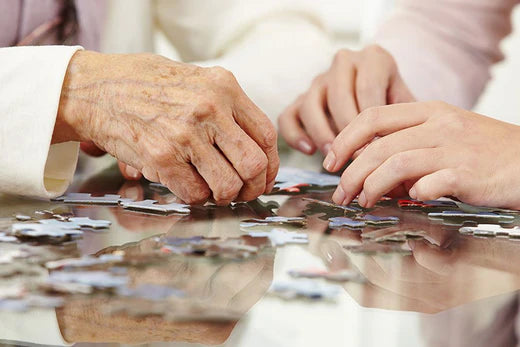






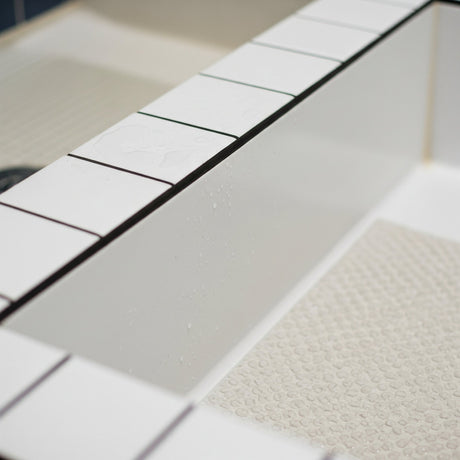

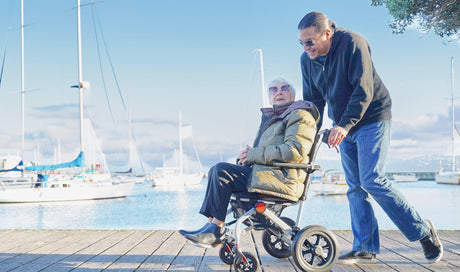
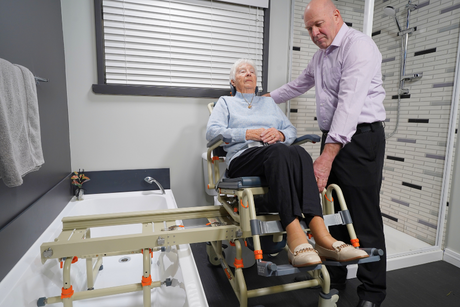
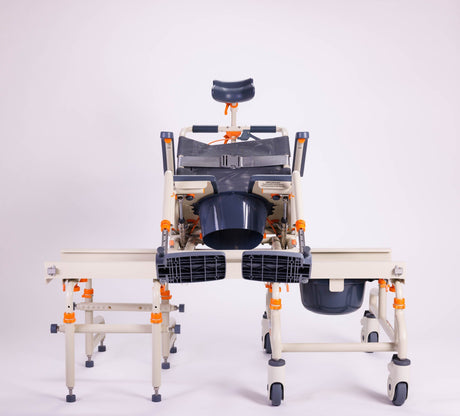
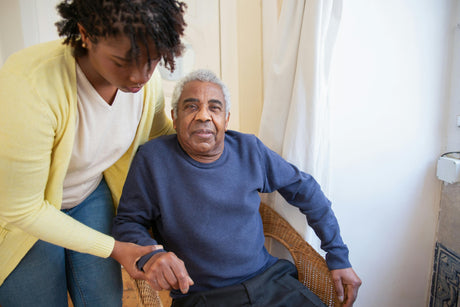
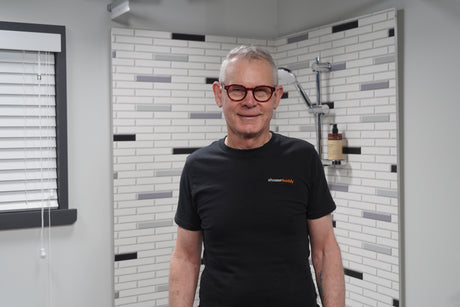
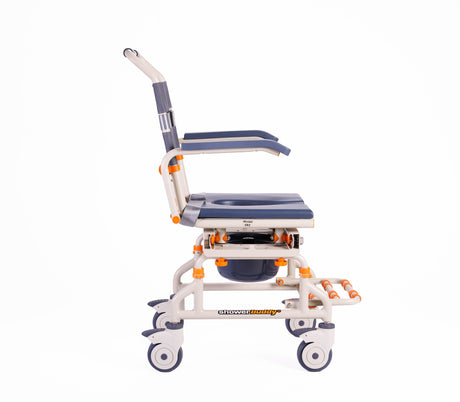
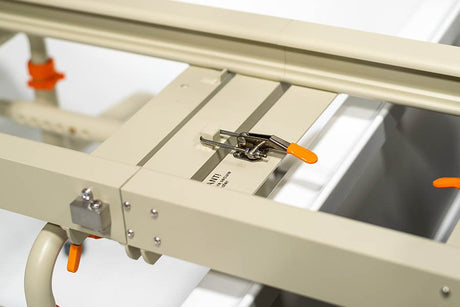
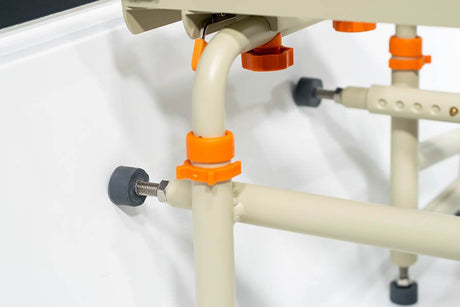
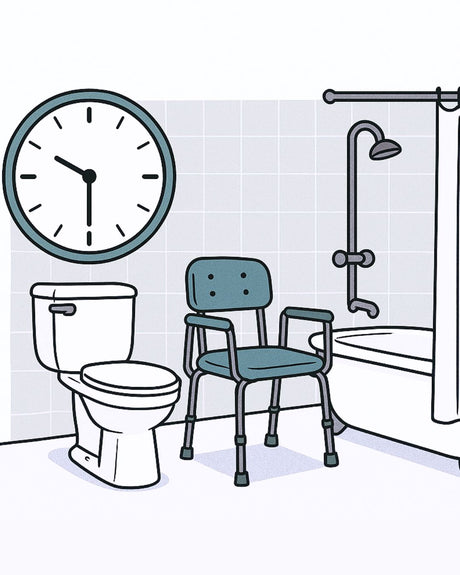
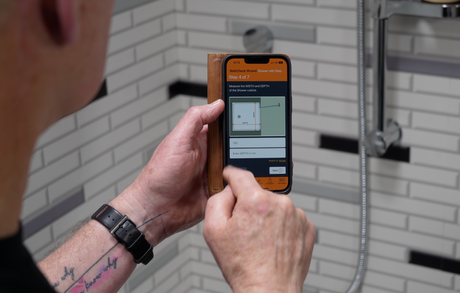
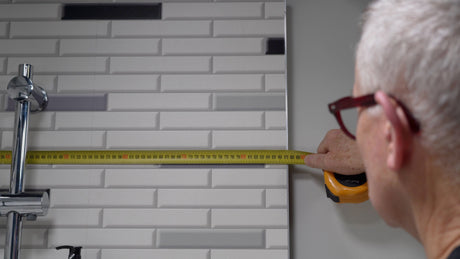
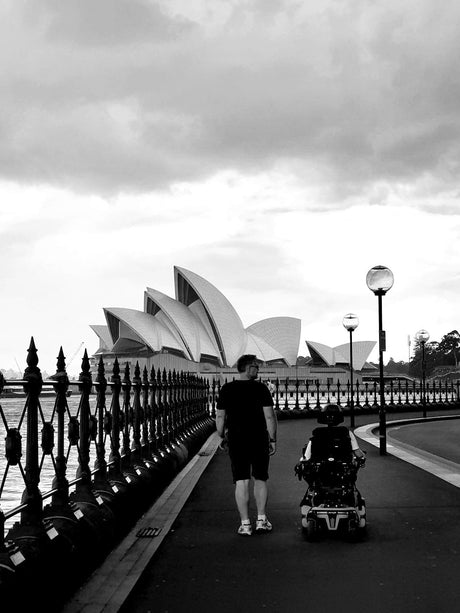
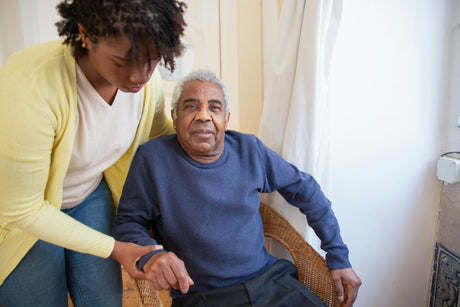

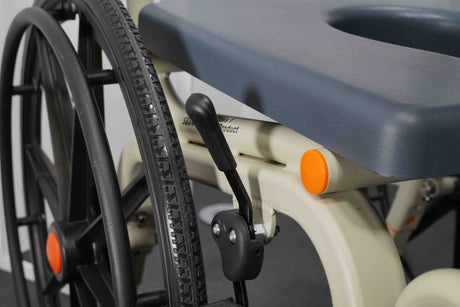


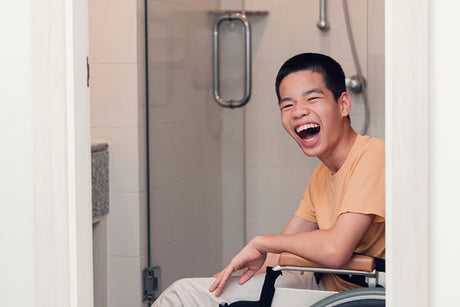
![Toilet Training A Young Child With Mobility Challenges [And How A Shower Chair Can Help]](http://shower-buddy.com/cdn/shop/articles/toilet-training-disabled-child_520x500_a90e5234-d372-435d-aa56-8da15dd3836c.webp?v=1722557239&width=460)


